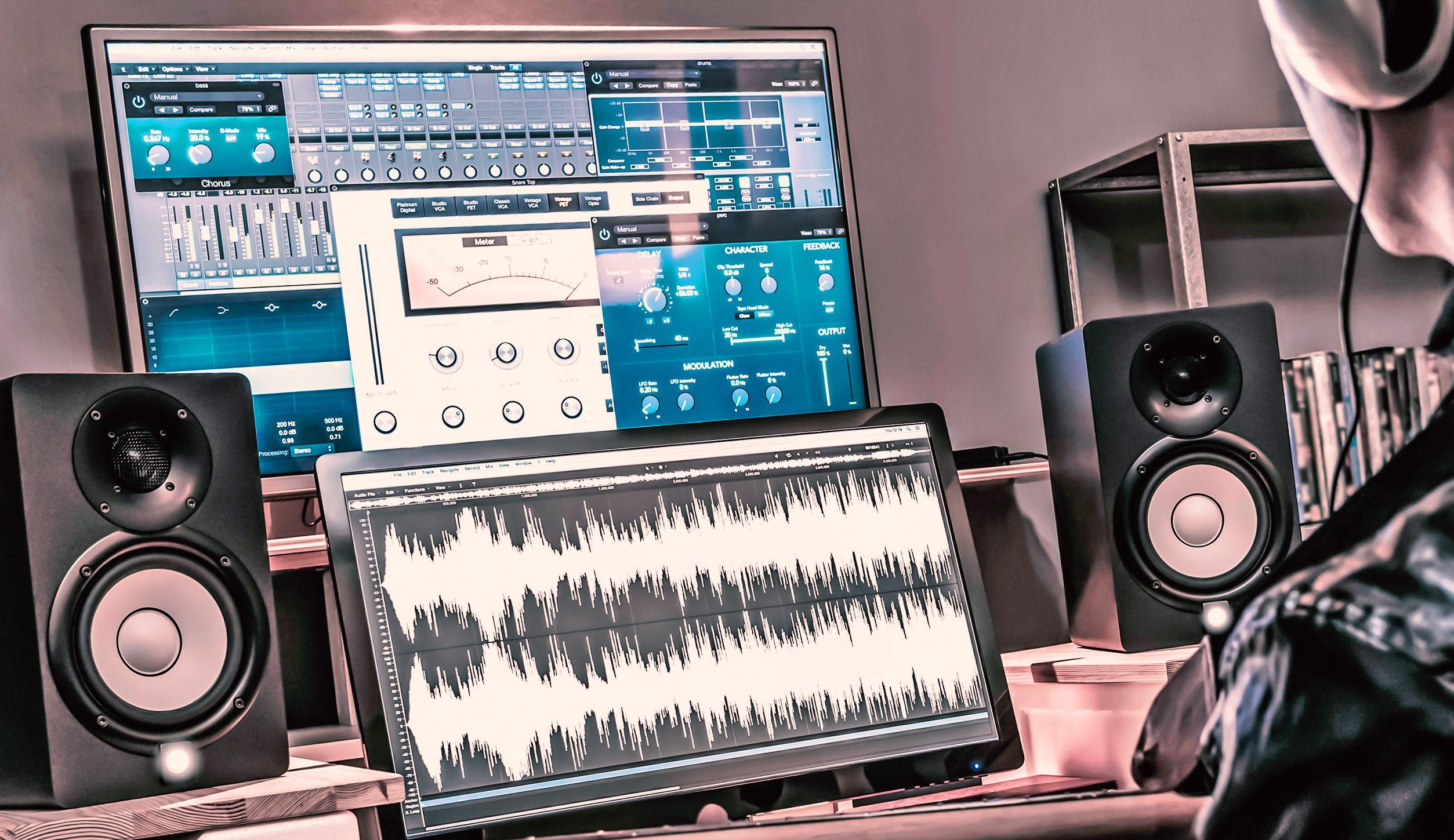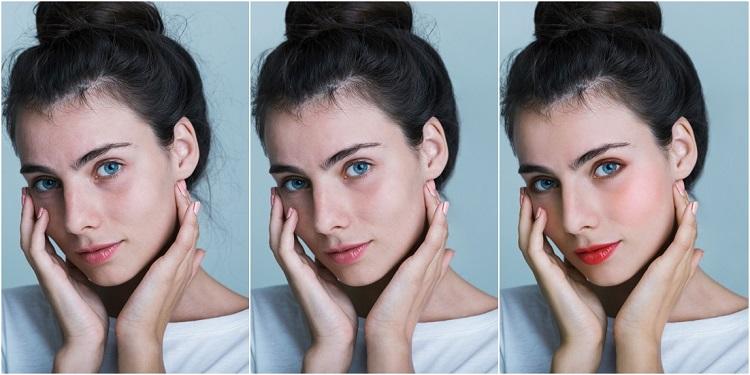Índice
In a world inundated with images, standing out in the digital landscape is both an art and a science. Whether you’re a budding photographer, a social media enthusiast, or simply someone who enjoys capturing life’s moments, the quality of your images can make all the difference. But what truly sets apart exceptional photos from the rest? The answer often lies in the unseen hands of skilled image editors who transform ordinary shots into captivating visuals. In this article, we delve into the secrets of the best image editors, unveiling techniques and tricks that can elevate your photography game. From mastering light and color adjustments to implementing finishing touches that add a professional polish, discover how to enhance your pictures and bring your creative vision to life. Join us on this journey of exploration and empowerment, and unlock the potential within your photographs!
Mastering Color Correction Techniques for Stunning Visuals
Color correction is an essential skill that can transform an ordinary photograph into a breathtaking masterpiece. By learning to manipulate colors effectively, editors can enhance the mood and storytelling of their images. Here are some key techniques to elevate your color correction game:
- White Balance Adjustment: Ensure that the colors in your images are true to life by correcting the white balance. This eliminates unwanted color casts and brings out the vibrancy in your photos.
- Selective Color Correction: Focus on specific color ranges to enhance or diminish. This allows for more control over the overall look of the image.
- Curves and Levels: Utilize curves and levels adjustment layers to fine-tune the brightness and contrast. These tools provide powerful ways to manipulate the tonal range.
Incorporating these techniques can lead to stunning results, but practice is crucial. Pairing color adjustments with an understanding of color theory can also greatly enhance your editing prowess. Below is a quick reference table summarizing some effective tools for color correction:
| Tool | Function |
|---|---|
| HSL Sliders | Adjusts hue, saturation, and luminance for specific colors. |
| Color Grading | Adds stylistic colors to highlights, midtones, and shadows. |
| Color Lookup Tables (LUTs) | Applies predefined color grading for instant stylistic effects. |

Unleashing the Power of Layering: Transform Your Workflow
Mastering layering techniques can redefine how you approach image editing, creating stunning visuals that stand out. By utilizing layers, you can manipulate different aspects of your images in a non-destructive manner, allowing for greater flexibility and creativity. Consider these key advantages:
- Separation of Elements: Keep adjustments separate from your original image, allowing for easy alterations without losing your initial work.
- Blending Options: Explore various blending modes to achieve unique effects and enhance the interplay between layers.
- Masking Techniques: Use masks to selectively apply adjustments, giving you precise control over which areas of your image are affected.
To effectively utilize layering in your projects, it’s essential to organize your workflow. Consider implementing a structured approach using a layered hierarchy. A simple table can help you prioritize your layers and their respective functions:
| Layer Type | Function | Notes |
|---|---|---|
| Background | Base Image | Keep subtle edits for color correction. |
| Adjustment Layers | Color & Brightness Tweaks | Experiment with opacity for varied effects. |
| Text/Graphics | Add Branding or Stories | Ensure high contrast with background. |

The Art of Retouching: Essential Tips for Flawless Images
Achieving flawless images is a blend of technique and artistry. The foundation of great retouching lies in understanding the subtle enhancements that can elevate a photograph without overshadowing its natural beauty. Begin by focusing on the balance of colors and tonal ranges. Utilize tools such as selective color adjustments and gradient maps to create depth and vibrancy. For skin retouching, consider using frequency separation; this technique allows you to smooth imperfections while retaining texture, ensuring that the final image feels both polished and authentic.
Another essential aspect of retouching is the composition and cropping of the image. Thoughtful cropping can guide the viewer’s eye and enhance the overall aesthetic. Remember to adhere to the rule of thirds or explore creative cropping methods that add interest. Additionally, the use of layer masks enables you to make non-destructive edits, allowing for flexibility in your adjustments. Always remember to step back and view your work from different perspectives – this can help you identify elements that may need further tweaking or refinement, ensuring a cohesive and visually stunning final result.

Utilizing Advanced Filters to Elevate Your Photography
Advanced filters can transform your photography, allowing you to explore creative avenues you may never have considered. By utilizing tools like gradient filters, color filters, and polarizing filters, you can manipulate light and color in ways that drastically enhance your images. For instance, a gradient filter can help you achieve a balanced exposure between the sky and the land, while polarizers reduce reflections and boost saturation, making your colors pop like never before.
To help you get started, consider the following tips for employing advanced filters effectively:
- Experiment with layering: Combining multiple filters can yield unique and unexpected results.
- Pay attention to the light: The time of day can impact how filters perform, so try using them during the golden hour for softer, warmer hues.
- Practice patience: The best outcomes often come from trial and error, so don’t be discouraged if your first attempts don’t match your vision.
The Way Forward
As we conclude our exploration of the secrets behind the best image editors, it’s clear that extraordinary photographs are within everyone’s reach. Armed with a blend of innovative techniques and imaginative approaches, you now have the tools to elevate your images from ordinary to outstanding. Remember, the art of editing isn’t just about enhancing your photos—it’s about telling your story, capturing emotions, and sharing your unique perspective with the world. So, pick up your editing software, experiment fearlessly, and let your creativity shine. With these tricks in your arsenal, you’re not just an editor—you’re an artist ready to transform every snapshot into a masterpiece. Happy editing!
